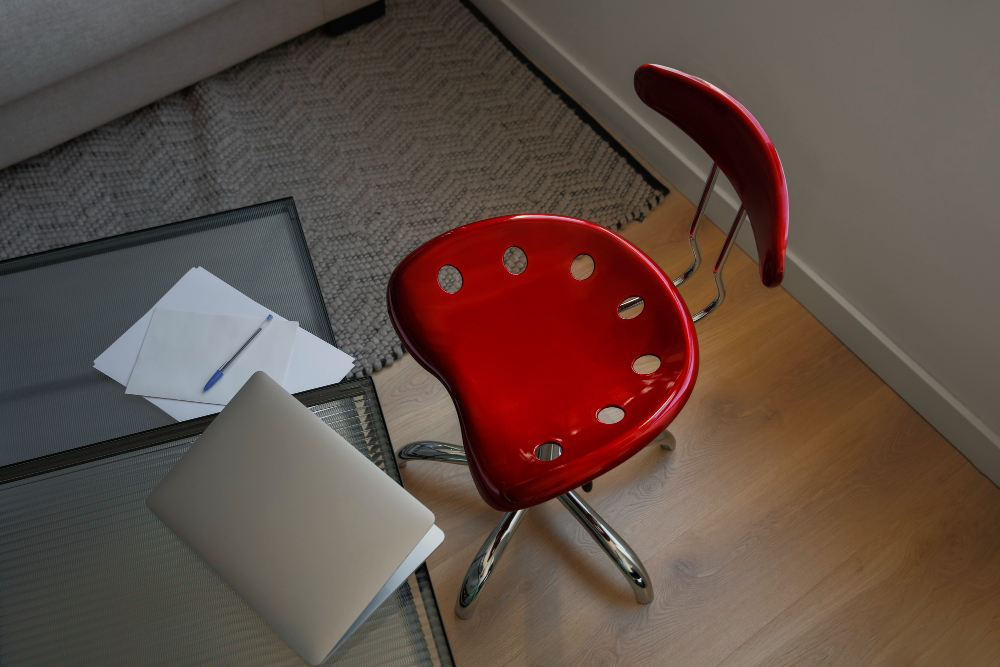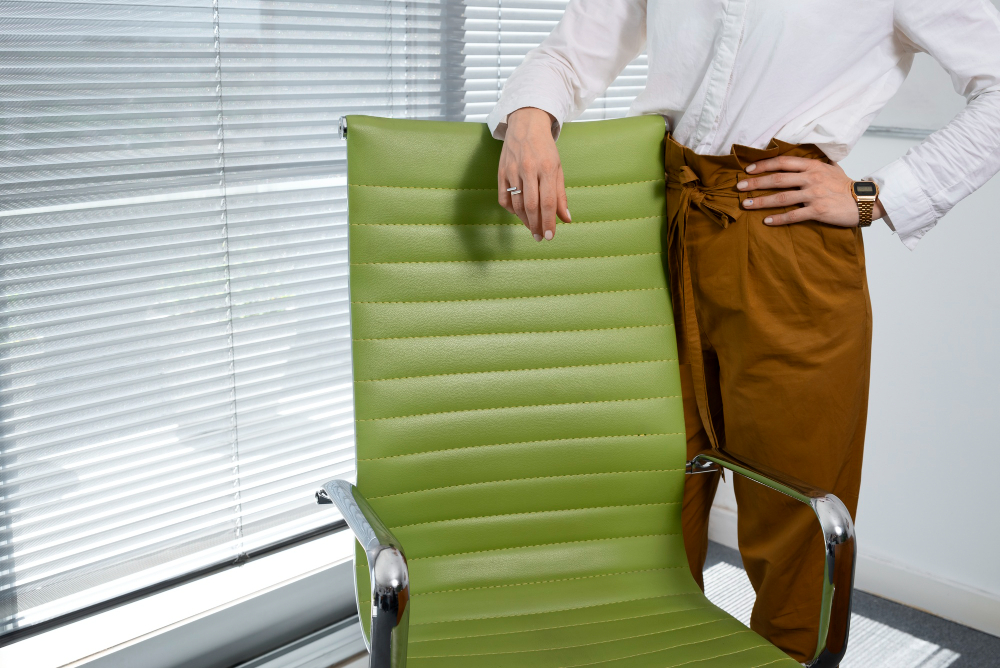Sometimes the smallest tweaks make the biggest difference in how we feel throughout the day
You know that moment when you realize you’ve been doing something completely wrong for years? That was me last month when I finally figured out why my back felt like it was staging a daily revolt against my work-from-home lifestyle.
I’m not talking about some revolutionary fitness routine or expensive ergonomic chair (though those things have their place). I’m talking about one ridiculously simple habit change that honestly made me feel a little silly for not trying it sooner.
The Lightbulb Moment
I’d been dealing with this daily discomfort for months, blaming everything from my ancient office chair to my less-than-stellar posture. But then my neighbor, who happens to be a physical therapist, mentioned something that stopped me in my tracks during our weekend coffee chat.
“Have you ever paid attention to where your feet are when you’re working?” she asked casually.
Honestly? I hadn’t. Not once.
The Foot-to-Back Connection Nobody Talks About
Here’s what I discovered: When your feet aren’t properly supported, your entire body compensates in ways you don’t even realize. Research suggests that positioning your knees at a right angle and keeping your feet flat on the floor or a footrest can make a significant difference in how your spine aligns throughout the day.
Think about it—your feet are literally your foundation when you’re sitting. If that foundation is wobbly, unstable, or awkwardly positioned, everything above it has to work harder to maintain balance. Your calves, thighs, hips, and yes, your back, all end up doing extra work they weren’t meant to do.
I’d been letting my feet dangle slightly (my desk setup wasn’t quite the right height), and sometimes I’d tuck one foot under me or wrap my legs around the chair base. Seemed harmless enough, right?
The Simple Switch That Made All the Difference
So here’s what I changed: I got a basic footrest. Nothing fancy—just a simple adjustable platform that cost me less than my monthly coffee budget. But the transformation was immediate and honestly a little shocking.
Within the first week, I noticed my afternoon back grumbling had dramatically decreased. By week two, I was sitting through entire work sessions without that familiar ache creeping in. And by week three? I was kicking myself for not making this change sooner.
The science behind it makes perfect sense when you think about it. According to workplace ergonomics experts, poor posture and excessive pressure from prolonged sitting are among the most common contributors to back and neck discomfort. When your feet are properly supported, your knees naturally fall to about a 90-degree angle, which helps maintain the natural curve of your lower back.
Beyond the Footrest: The Ripple Effect
What surprised me most wasn’t just the back comfort—it was how this one change seemed to improve my overall sitting experience. With my feet properly supported, I found myself naturally sitting up straighter without even thinking about it. My shoulders relaxed. I stopped fidgeting as much.
It’s like my body finally found its happy place in that chair.
Ergonomic experts note that simple changes like repositioning elements of your workspace can help avoid developing discomfort and improve overall wellbeing. Sometimes the most effective solutions are the ones hiding in plain sight.
The 30-Minute Rule I Wish I’d Known Earlier
While I was on this ergonomic discovery journey, I stumbled upon another game-changing habit: the 30-minute movement break. Health professionals recommend changing positions regularly—at least every half hour—since muscles and joints are made to move, not stay in one position for extended periods.
This doesn’t mean you need to do jumping jacks at your desk (though power to you if that’s your thing). Sometimes I just stand up and stretch for a minute. Other times I’ll walk to the kitchen for water or step outside for a breath of fresh air. The key is breaking up those long stretches of static sitting.
What About Your Chair?
Now, I’m not going to pretend that a footrest is the answer to every sitting-related comfort issue. Your chair matters too, and so does how you position your screen, keyboard, and arms. But what I learned is that sometimes we overcomplicate things when simple solutions are right there waiting for us.
If you’re dealing with similar afternoon back complaints, try this: Take a moment right now to notice where your feet are. Are they flat on the floor? Dangling? Tucked under you? If they’re not in a comfortable, supported position, that might be your starting point.
Here’s the thing about small lifestyle changes—they compound over time. That daily discomfort I was accepting as “just part of working at a desk” was actually robbing me of focus and energy throughout the day. I didn’t realize how much mental bandwidth I was using to manage that background discomfort until it was gone.
The Bigger Picture
What this experience taught me is that sometimes we’re so focused on the big, obvious solutions that we miss the simple fixes right under our noses—or in this case, under our feet. Proper posture involves multiple elements working together: relaxed shoulders, feet flat on the floor, and maintaining a straight back.
It’s made me more curious about other small habits that might be impacting how I feel throughout the day. What other simple adjustments could make a difference? It’s an ongoing experiment, and I’m here for it.
Your Turn to Experiment
If you’re reading this while sitting (and let’s be honest, you probably are), take a quick inventory of your current position. How do your feet feel? How’s your back? What about your shoulders?
Sometimes the best changes are the ones that feel almost too simple to work. But in a world where we’re constantly looking for complex solutions to everyday problems, maybe it’s time we gave simple a chance.
Your back might just thank you for it.

Disclaimer: This article is for informational and lifestyle purposes only and is not intended as medical advice. The experiences shared are personal observations and should not be considered professional recommendations. Individual results may vary. If you’re experiencing persistent back pain or other health concerns, please consult with a qualified healthcare professional for proper evaluation and guidance.
Sources: Information in this article references workplace ergonomics research from UCLA Health, Mayo Clinic, Cary Orthopaedics, and various peer-reviewed studies on sitting posture and ergonomics. All external research has been cited appropriately and used under fair use guidelines for educational and informational purposes.



